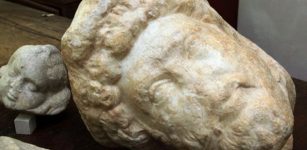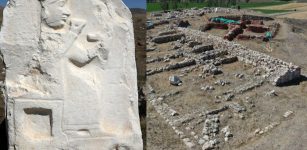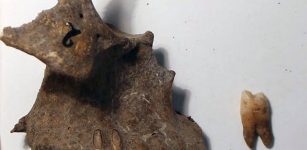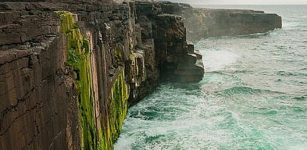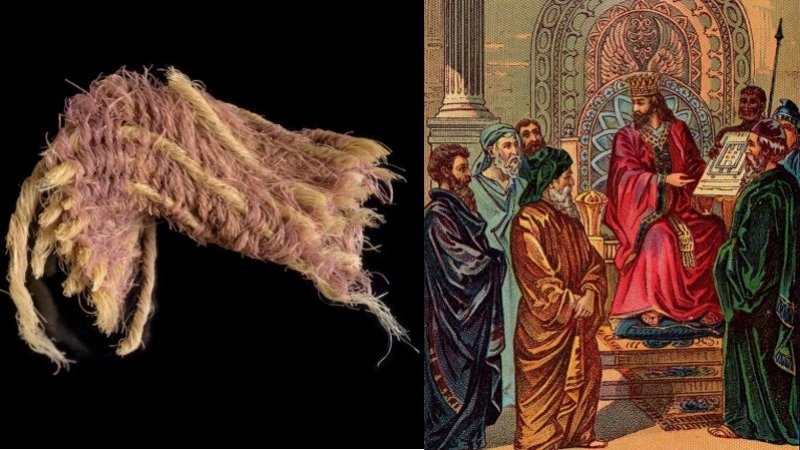Submerged Qin Dynasty ‘Seaside Palace’ Of China’s First Emperor – Found
MessageToEagle.com – Archaeologists believe they may have found a submerged seaside palace built more than 2,200 years ago by China’s first emperor, Ying Zheng, mainland media reports.
The building, thought to date back to the Qin dynasty (221-207BC), was discovered under the sea off the coast of Suizhong county, in Liaoning province, researchers from Liaoning and Beijing told the Liaoshen Evening News.
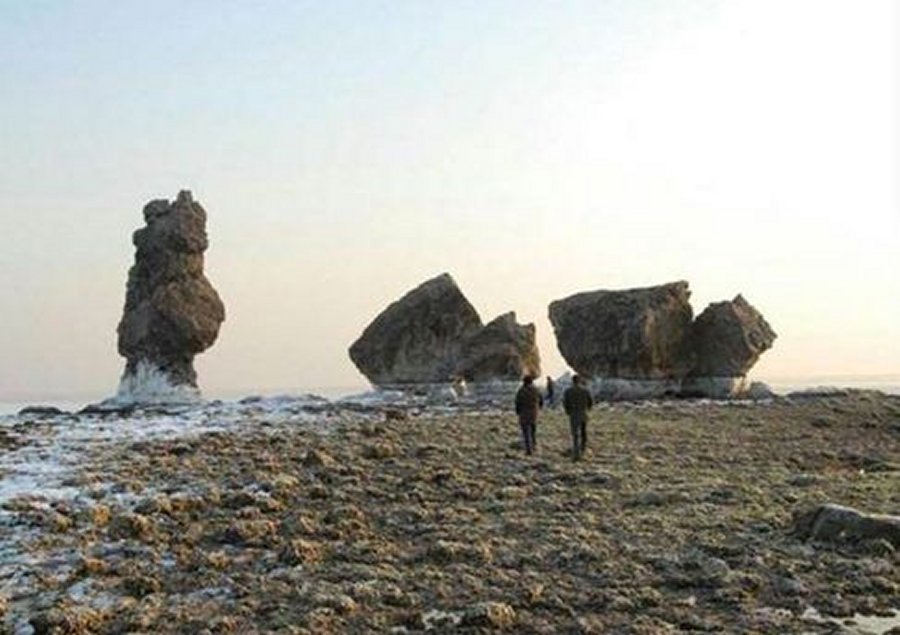
The largest discovery was a 60-metre wide square, formed of large stones, which could be the foundations of a large platform for religious sacrifices or other important activities, the archaeologists said.
They also found the remains of a stone road running through the palace.
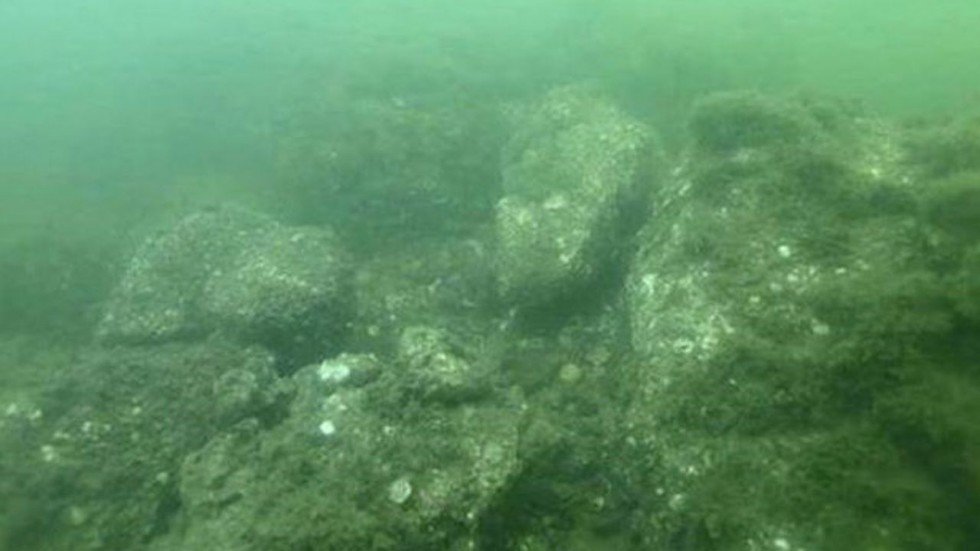
Local fishermen said they had previously found ancient coins and ceramics on the seabed, while some of the stone walls were clearly visible at low tide.
Ying Zheng, also known as Qin Shihuang, was China’s first ruler, who united the nation by conquering all of the warring states in 221BC.
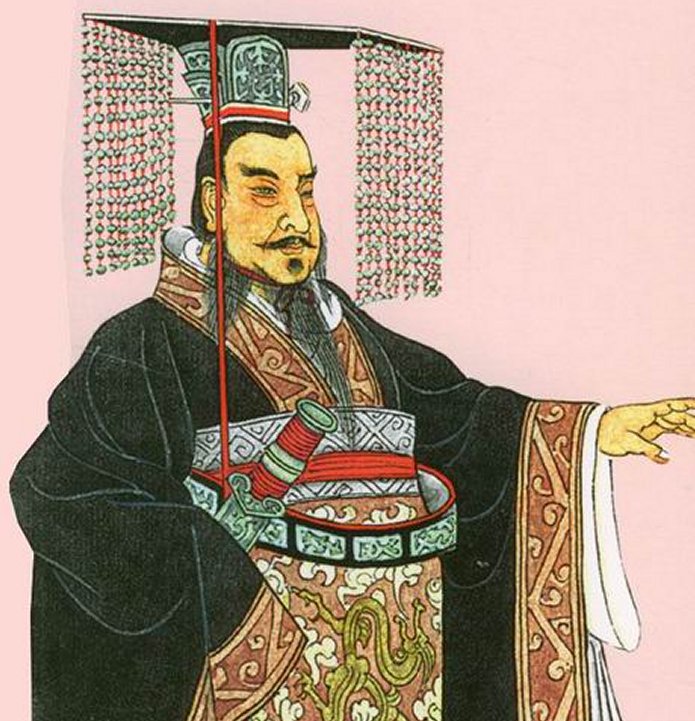
He is said to have visited the East China Sea coast three times before his death in 210BC in his futile quest for immortality.
Emperor Qin Shi Huang (259 BC – 210 BC) fascinates people when they talk about the Great Wall and the Terracotta Warriors and Horses – his two greatest achievements to China. As the first emperor of China, he indeed has a profound influence on Chinese history and culture.
When Ying Zheng unified China, he considered his achievement surpassing the legendary “San Huang (three emperors)” and “Wu Di (five sovereigns)”.
He created a new title for himself: “Huangdi” together with “Shi (means the first)”, hence get the name “Qin Shi Huang” or “Qin Shi Huangdi”, which means he was the first emperor of China. He hoped his descendants would follow in his steps to rule China for eternity.
MessageToEagle.com
source: South China Morning Post




